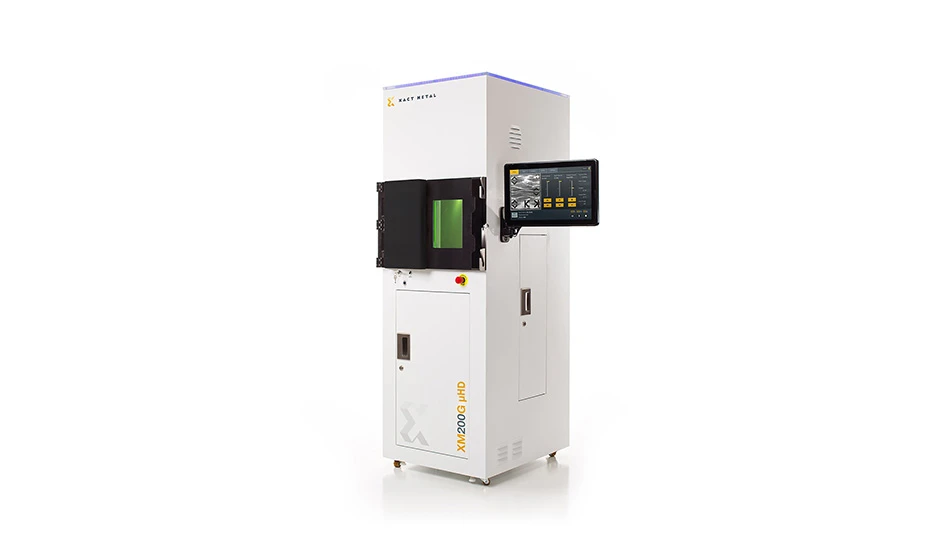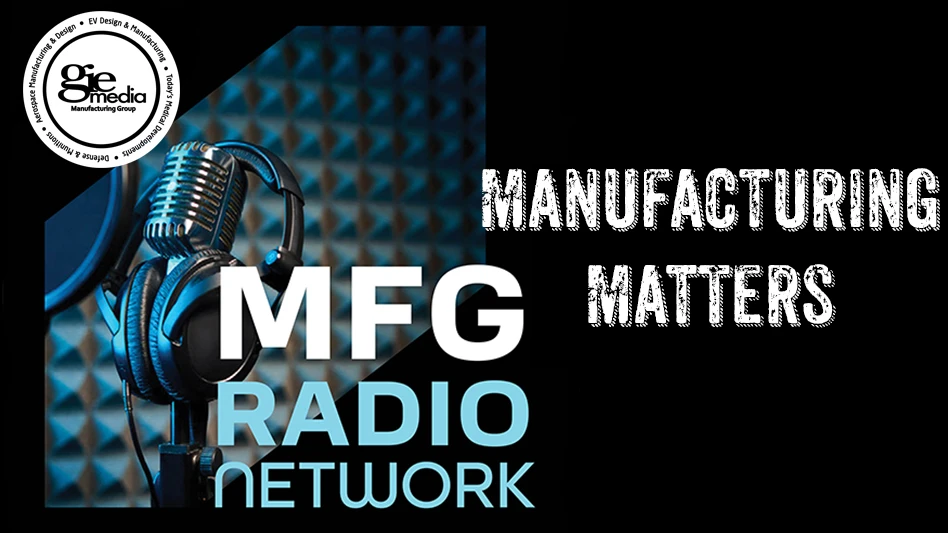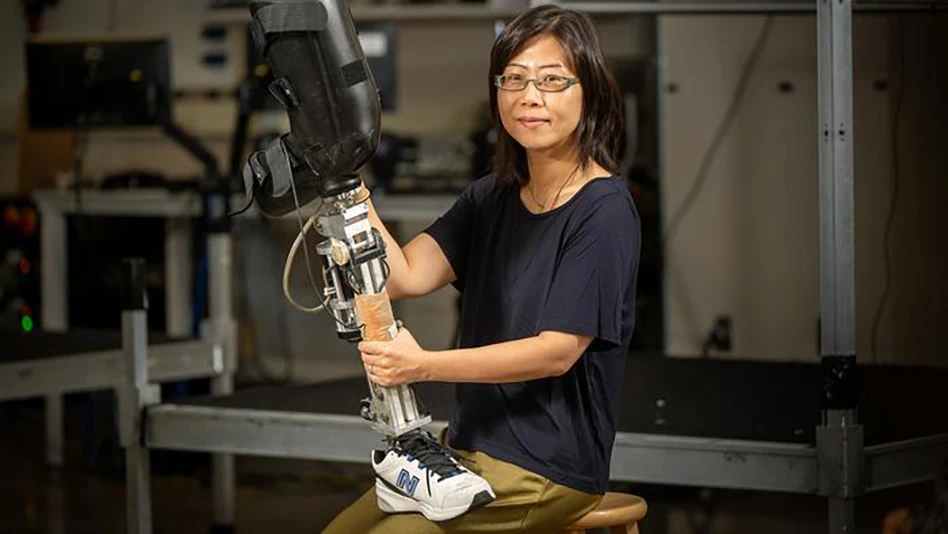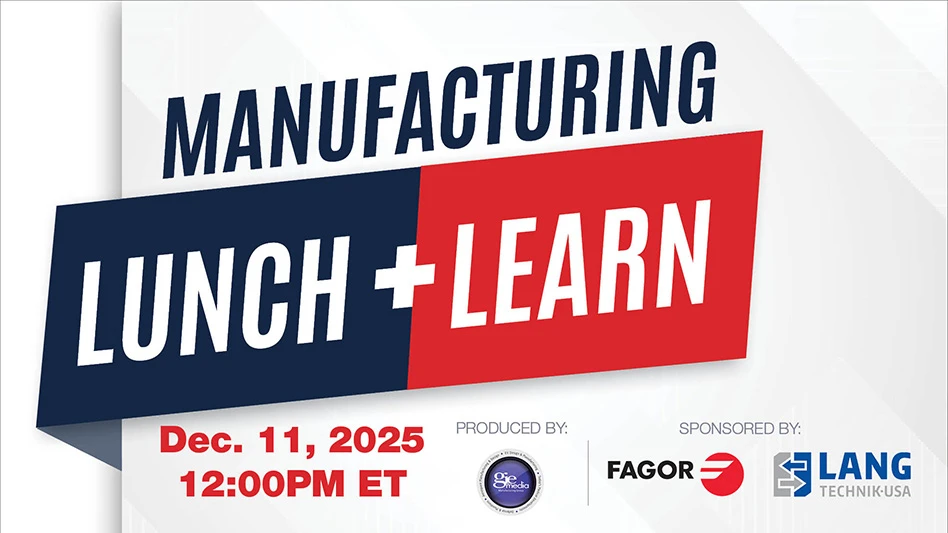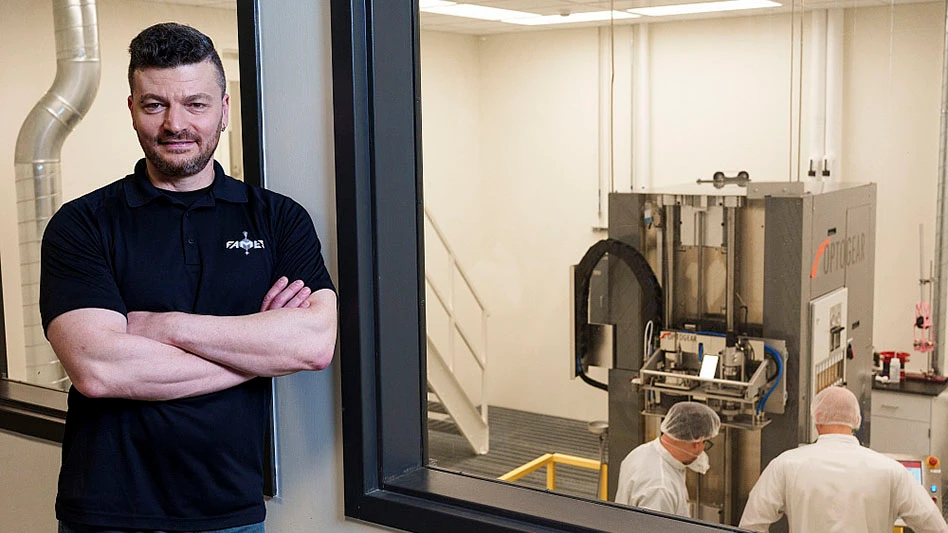High performance thermoplastic (HPTP) components are a critical part of many medical devices. HPTPs possess unique properties suited to medical applications: resistance to chemicals and repeated autoclaving, dimensional integrity, strength, stiffness and fatigue resistance. The properties reside within the polymers. It is the molder’s mission to transfer those inherent properties into the finished goods.
HPTPs require a much higher degree of specialized engineering than conventional plastics. Creating the correct compound for an HPTP application is a sophisticated science. Molding HPTPs, which have higher melt temperatures than conventional plastics (400°C vs. 150°C), as well as different viscosities and flow characteristics, places unique demands on product design, moldmaking and the injection molding process.
 Utilizing the right equipment enables control of the melt and flow of HPTPs.Materials, Molds, Equipment
Utilizing the right equipment enables control of the melt and flow of HPTPs.Materials, Molds, Equipment
Typically subjected to severe environments of sterilization and disinfection, medical products require the use of resins such as PEEK and PSU that can withstand heat and chemicals. These materials mold at higher temperatures and pressures than engineering grades of resins, and often have unique molding characteristics, so control of the injection molding process is vital.
Most medical device companies do not have in-house HPTP application engineers, choosing instead to work with consultants on a project-by-project basis. Engineers at Pittsfield, MA-based China Array work with medical device companies and their third party engineers to identify the environment in which a component will be used and the properties required for that environment in order to determine the material of choice.
From the moment the material is selected for a product, all decisions regarding mold design and construction, resin preparation, and processing are determined by that material. It demands an integrated process that takes engineering know-how and experience. Mold design and construction, processing, post-molding operations and accessories are interconnected and each must be considered in relation to one another.
A well-designed mold gives the processing engineer maximum control of the resin during molding. The mold designer works closely with the materials and processing engineers to build a mold that matches the high performance molding characteristics of the material. Each performance polymer has unique melt points and flow characteristics, which must be accounted for in gating, venting, cooling channels, core pulls, and other aspects of the mold’s construction and operation. Mold tolerances must be tight and the injection-molding machine’s clamp tonnage must be appropriate to the part’s shot size in order to withstand the higher pressure at which HPTPs are molded.
Cooling channels must also be sufficiently sized for cooling with oil-based temperature controllers. Without the proper cooling design, the mold will overheat after several shots. It is not unusual for a mold built for commodity plastics to produce several good samples of an HPTP component, only to have it fail once full scale production commences, because of inadequate and poorly placed cooling channels.
The mold provides part of the solution for controlling the HPTP molding process. Another key is the appropriate equipment. As an example, China Array’s medical injection molding cells consist of Welltec 55 ton and 150 ton injection molding machines. These machines feature Bosch hydraulic valves and Intermot high torque motors; nitrate hardened alloy screws and barrels; and ceramic heater bands. Both machines can develop pressures and speeds up to 40% higher than others in their class. The machines are also equipped with Xaloy screw/barrel assemblies for specialized processing such as Torlon molding.
Auxiliary equipment includes the Wittmann Tempro 250 mold temperature controller – a thermic oil system able to bring molds to 250°C – which is necessary to maximize molded part quality and cycle effectiveness for high performance polymers. Matsui rotary bed desiccant dryers reduce moisture levels to -40°C dew point (DP) or lower, which are verified using the Sartorius-Omnimark Mark 3 moisture analyzer. Using infrared heating, the Mark 3 can detect moisture levels as low as 500 parts-per-million (ppm). In addition, programmable hot-air circulating ovens, made by Despatch Industries, cure and anneal molded plastic components for strength and stress reduction.
Post-Molding, Accessories
Post-molding operations – such as machining, heat staking and ultrasonic welding – can introduce stress and microcracking into a thermoplastic component. Knowledge of a material’s properties is essential to minimizing these tendencies. The front-end of the molding process – materials selection, etc. – significantly influences a thermoplastic part’s response to post molding operations. Unlike steel, thermoplastics have an inherent elasticity, each with different degrees of give. To machine a plastic part to tight tolerances this elasticity must be taken into account. Specialized jigs and fixtures are required to counteract the natural springiness of plastic. Lubrication of the plastic and the machine tool is also unique to plastic. Machining highly filled thermoplastics represents another set of challenges for post-molding. Depending on the type and percent of fill, the approach to machining can be different.
Inserts, gaskets and housings are just a few of the accessories used in conjunction with thermoplastics in the medical device industry. Producing a high quality accessory and being aware of how it interacts with the particular plastic with which it will be used is critical to the overall performance of a finished good.
China Array Plastics
Pittsfield, MA
chinaarray.com

Explore the January February 2010 Issue
Check out more from this issue and find your next story to read.
Latest from Today's Medical Developments
- GrindingHub Americas launches in 2027 in Cincinnati, Ohio
- Methods Machine Tools now offers the Nakamura-Tome NT-Flex
- Battelle awards $900,000 in STEM education grants to Ohio schools
- #55 Lunch + Learn Podcast with KINEXON
- Starrett and Gerstner offer limited edition, American made 1950s replica wooden machinist tool chests
- EMCO’s UNIVERSALTURN 50: The new benchmark in universal turning
- Archetype's Expertise for Equity accelerates early-stage innovation
- Stratasys expands its AM solutions with Tritone's cutting-edge technology
